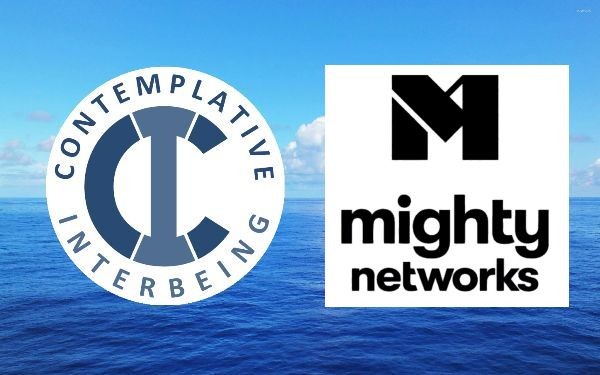The concept of intelligence has been a subject of fascination and study for psychologists and researchers for over a century. As our understanding of human cognition and abilities has grown, various models of intelligence have emerged, each offering unique perspectives on how we define and measure human cognitive capabilities.
The diversity in intelligence models reflects the complexity of human cognition and the ongoing debate about what constitutes intelligence. These models have evolved as researchers have recognized that intelligence is multifaceted and cannot be adequately captured by a single measure or concept.
Here’s a brief overview of some prominent intelligence models:
- Fluid and Crystallized Intelligence (Raymond Cattell):
This model distinguishes between fluid intelligence (the ability to solve novel problems) and crystallized intelligence (accumulated knowledge and skills). - Multiple Intelligences Theory (Howard Gardner):
Gardner proposed eight distinct types of intelligence, including linguistic, logical-mathematical, spatial, musical, bodily-kinesthetic, interpersonal, intrapersonal, and naturalistic. - IQ-EQ-PQ-SQ Model:
This model incorporates Intelligence Quotient (IQ), Emotional Quotient (EQ), Physical Quotient (PQ), and Spiritual Quotient (SQ), offering a holistic view of human capabilities. - Triarchic Theory of Intelligence (Robert Sternberg):
Sternberg’s theory focuses on analytical, creative, and practical intelligence, emphasizing the importance of balancing these three aspects. - CHC Theory (Cattell-Horn-Carroll):
This comprehensive model integrates Cattell and Horn’s Gf-Gc theory with Carroll’s Three-Stratum Theory, providing a hierarchical structure of cognitive abilities. - PASS Theory (Planning, Attention, Simultaneous, and Successive):
Based on neuropsychological research, this theory proposes four cognitive processes that form the basis of intelligence. - Theory of Successful Intelligence (Robert Sternberg):
An extension of his Triarchic Theory, this model emphasizes the importance of adapting to, shaping, and selecting environments to achieve success. - Hierarchical Model of Intelligence (Vernon):
This model proposes a hierarchical structure of intelligence, with general intelligence (g) at the top and more specific abilities branching out below.
These diverse models reflect the ongoing effort to understand and define human intelligence comprehensively. Each model contributes unique insights, emphasizing different aspects of cognitive abilities and their interrelationships. As research in psychology, neuroscience, and related fields continues to advance, our understanding of intelligence will likely evolve further, potentially leading to new models or refinements of existing ones.
The variety of intelligence models underscores the complexity of human cognition and the importance of considering multiple perspectives when assessing and developing human potential. It also highlights the need for a nuanced approach to education, personal development, and talent assessment that takes into account the multifaceted nature of intelligence.

